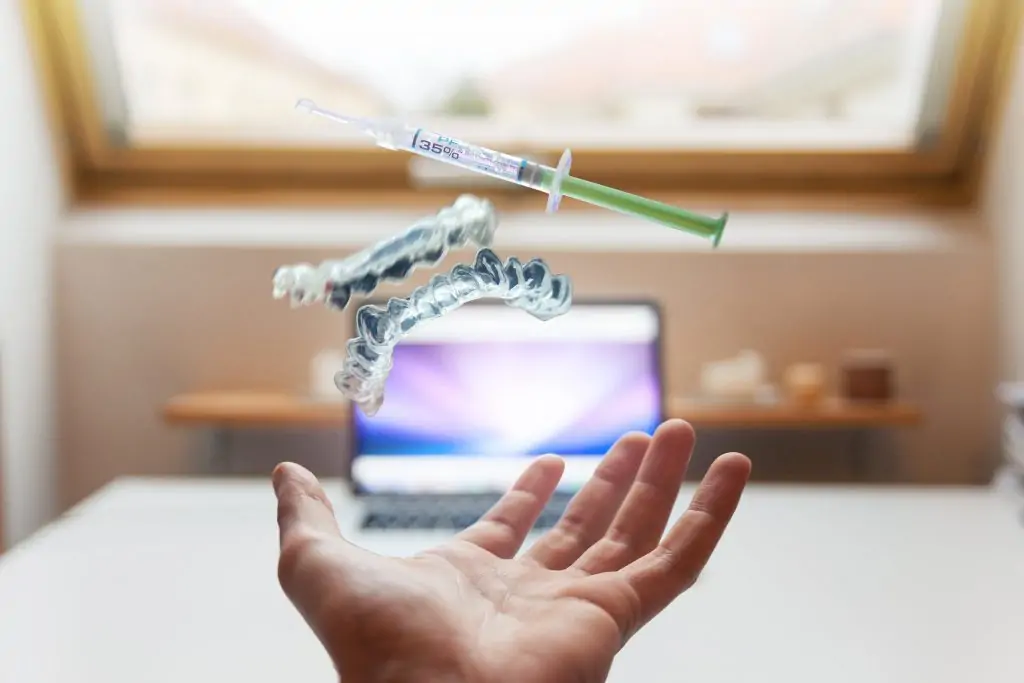
The relationship between dental crowns and root canal therapy becomes important in the heart of Edmonton, where people place great importance on both the health and attractiveness of a smile. This post explores the complementary ways in which these two essential dental procedures preserve and repair teeth, guaranteeing their longevity and aesthetic appeal.
The Basics of Root Canal Therapy
A dental procedure called root canal therapy is used to treat infections in the tooth’s core. Bacteria that enter the tooth through tooth decay, leaky fillings, or trauma-related tooth injury are the main causes of this infection. The infected pulp must be removed, the hollow area must be cleaned and disinfected, and the area must then be filled and sealed to stop further infection.
Why Dental Crowns are Essential After Root Canal Therapy
Following root canal therapy, a tooth is often left weakened and susceptible to fracture. This is where dental crowns come into play. A crown is a cap custom-made to cover the treated tooth. Here’s why crowns are essential post-root canal therapy:
Strengthening the Tooth
In a root canal procedure, the tooth’s diseased or damaged pulp is extracted. This process, while necessary to eliminate infection and pain, can leave the tooth weakened and more susceptible to fracture. The structure of the tooth is compromised because a portion of its interior is removed and filled. A dental crown provides the necessary reinforcement, essentially acting as a strong, protective shell that covers the tooth. This reinforcement is crucial to ensure that the tooth can withstand the normal forces of biting and chewing.
Preventing Further Damage and Decay
After a root canal, the tooth is more vulnerable to further decay and damage, particularly if it’s a back tooth that endures significant chewing forces. A crown covers and seals the entire visible part of the tooth, protecting it from external factors such as bacteria, acids, and food particles. This coverage is vital to prevent new decay, especially at the edges where the tooth meets the gum line.
Restoring Functionality
One of the goals of root canal therapy is to relieve pain and restore the tooth’s functionality. However, the tooth may not be able to function optimally post-treatment without additional support. A crown restores the tooth to its full functionality, enabling the patient to bite and chew without discomfort or risk of damage. This is particularly important for molars, which bear the brunt of chewing forces.
Aesthetic Restoration
Teeth that undergo root canal therapy can sometimes become discolored over time. Furthermore, maintaining the natural appearance of the tooth is essential for many patients, especially when the treated tooth is in a visible area of the mouth. By matching the color, size, and shape of the surrounding teeth, crowns can preserve or improve the patient’s smile’s aesthetic appeal.
Long-term Solution
While a filling can sometimes be used after a root canal, especially for front teeth or teeth that don’t endure heavy chewing forces, a crown generally offers a more durable, long-term solution. Crowns are designed to last for many years, even decades, with proper care, making them a more reliable option for preserving a tooth after root canal therapy.
The Process of Getting a Crown After Root Canal Therapy
The process typically involves two main stages:
- Preparing the Tooth: After the root canal, the dentist shapes the tooth to prepare it for the crown. This might involve removing parts of the tooth that are damaged.
- Fitting the Crown: Impressions of the tooth are taken and sent to a dental lab where the crown is made. A temporary crown may be fitted while waiting for the permanent one. Once ready, the permanent crown is adjusted for fit and color and then cemented into place.
Materials Used in Dental Crowns
In Edmonton, patients have several options for crown materials, including:
- Porcelain or Ceramic: Popular for their natural appearance.
- Gold and Metal Alloys: Known for durability, particularly suitable for back teeth.
- Porcelain Fused to Metal: Offers both strength and a natural look.
- Zirconia: A newer material that provides strength and a natural appearance.
Caring for Your Crown After a Root Canal
Post-procedural care is crucial for the longevity of the crown and the health of the underlying tooth. This includes:
- Regular Oral Hygiene: The crown and surrounding gums can be kept in good condition by brushing and flossing twice a day, as well as by using an antimicrobial mouthwash.
- Avoiding Hard Foods: To prevent damage to the crown, avoid chewing hard foods or ice.
- Regular Dental Checkups: Routine visits to a dental professional in Edmonton are essential for ensuring the crown and the rest of the teeth are in good condition.
Conclusion
In Edmonton, where dental health is a priority, understanding the synergistic relationship between dental crowns and root canal therapy is essential. This combination not only ensures the long-term health and functionality of the treated tooth but also preserves the aesthetic appeal of the smile. Patients who have this combined treatment can benefit from a healthy, functional, and aesthetically beautiful smile for many years to come with proper care and routine dental appointments.
For residents of Edmonton considering root canal therapy, it’s important to discuss the option of a dental crown with their dentist. This combined approach to dental restoration offers the best chance for preserving the natural tooth and maintaining oral health. Thanks to the latest developments in dental technology and materials, receiving a crown following root canal therapy is now a simple, effective procedure with long-lasting effects.

